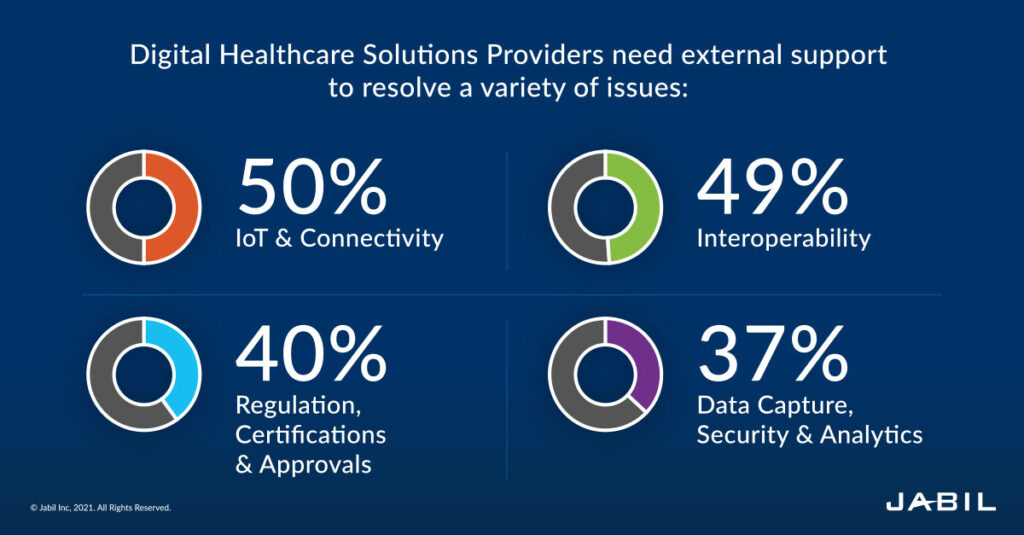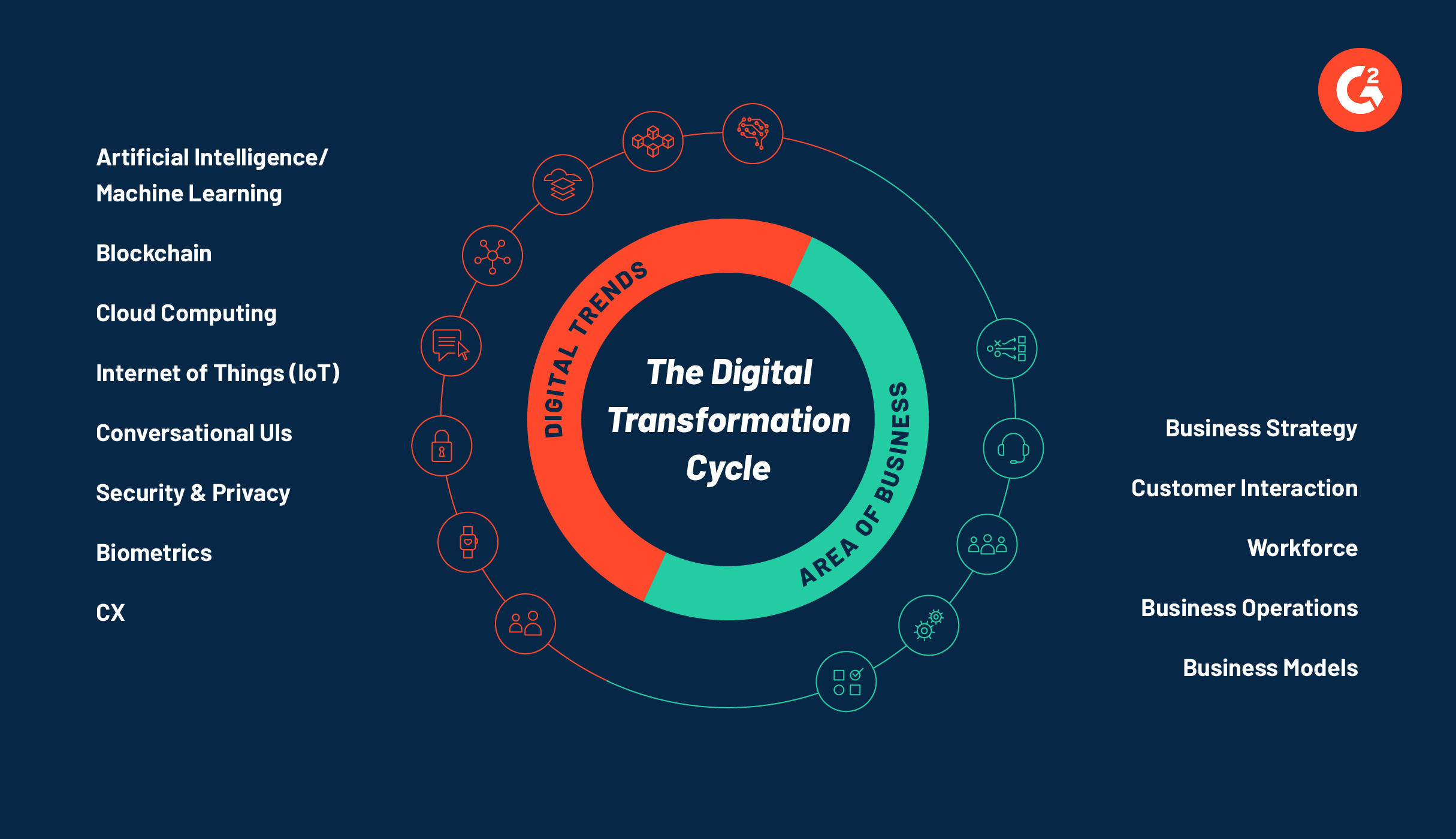In today’s digital landscape, technology and lifestyle trends are constantly evolving, offering new opportunities for creators, consumers, and businesses. This article explores four major trends: monetizing social media as a content creator, the evolution of streaming services, the current relevance of NFTs in 2024, and the importance of digital sustainability in reducing environmental impact.
1. The Rise of Content Creators: How to Monetize Your Social Media
With the growth of platforms like YouTube, TikTok, Instagram, and Twitch, content creators have more opportunities than ever to turn their passion into a profitable business. Monetization strategies vary depending on audience size, engagement, and platform policies.
Ways to Monetize Social Media
- Ad Revenue: Platforms like YouTube and Facebook pay creators a share of ad revenue generated from their content.
- Sponsorships and Brand Deals: Companies collaborate with influencers to promote their products, offering financial compensation or free products.
- Affiliate Marketing: By promoting products through unique affiliate links, creators earn a commission from sales.
- Memberships and Subscriptions: Platforms like Patreon and YouTube Memberships allow fans to support creators through paid subscriptions.
- Merchandise Sales: Selling branded apparel, digital products, or exclusive content can be a lucrative revenue stream.
Challenges in Content Monetization
- Algorithm Changes: Social media platforms frequently update their algorithms, affecting reach and engagement.
- Saturation and Competition: The digital creator space is highly competitive, requiring consistency and innovation.
- Platform Dependency: Relying solely on one platform for income can be risky due to policy changes or account suspensions.
2. The Future of Entertainment: How Streaming is Evolving
Streaming services have transformed the entertainment industry, offering consumers on-demand access to movies, TV shows, and live events. With major players like Netflix, Disney+, and Amazon Prime Video competing for market dominance, streaming is undergoing significant changes.
Key Trends in Streaming
- Ad-Supported Models: More platforms are introducing ad-supported tiers to offer lower-cost or free access to content.
- Exclusive and Interactive Content: Original programming, interactive storytelling, and personalized recommendations enhance user engagement.
- Live Streaming and Sports Rights: Platforms are investing in live sports streaming and exclusive rights to major events.
- AI and Personalization: Advanced AI algorithms tailor recommendations to users, improving viewer experience.
Challenges in the Streaming Industry
- Subscription Fatigue: Consumers face an increasing number of subscription services, leading to financial strain.
- Content Licensing Issues: Securing rights to popular content remains a challenge for streaming platforms.
- Piracy and Unauthorized Sharing: Digital piracy continues to impact revenue for content creators and platforms.

3. Are NFTs Still Worth It in 2024? A Comprehensive Analysis
Non-Fungible Tokens (NFTs) surged in popularity in recent years, but their long-term value remains a topic of debate. In 2024, NFTs are still evolving, with new applications and market dynamics shaping their future.
Current State of NFTs
- Beyond Art and Collectibles: NFTs are now used in gaming, real estate, ticketing, and digital identity verification.
- Integration with the Metaverse: Virtual worlds and decentralized platforms are incorporating NFTs for asset ownership.
- Corporate Adoption: Brands and businesses are exploring NFT technology for marketing and consumer engagement.
Pros and Cons of NFTs in 2024
- Pros:
- Verified ownership and authenticity
- New revenue opportunities for artists and creators
- Potential for innovation in multiple industries
- Cons:
- Market volatility and speculative risks
- Environmental concerns linked to blockchain transactions
- Uncertainty around regulations and legal frameworks
Future Outlook
The NFT market may stabilize as utility-driven NFTs gain traction. Investors and creators should focus on real-world applications rather than speculative buying.
4. How Digital Sustainability Can Reduce Environmental Impact
As digital consumption grows, so does its environmental footprint. Digital sustainability focuses on reducing the ecological impact of online activities, cloud computing, and electronic waste.
Key Aspects of Digital Sustainability
- Energy-Efficient Data Centers: Companies are investing in renewable energy and optimizing server efficiency.
- E-Waste Reduction: Encouraging device recycling and extending the lifespan of electronics.
- Eco-Friendly Digital Practices: Minimizing digital carbon footprints by reducing unnecessary cloud storage and email usage.
- Green Blockchain Solutions: Transitioning to energy-efficient consensus mechanisms, such as Proof-of-Stake (PoS).
How Individuals Can Contribute
- Use Energy-Efficient Devices: Opt for devices with lower power consumption.
- Unsubscribe from Unnecessary Emails: Reduce the energy used by email servers.
- Support Companies with Green Policies: Choose services committed to sustainability.
- Recycle Old Electronics: Properly dispose of outdated gadgets to minimize e-waste.
Conclusion
Digital trends continue to shape our daily lives, offering both opportunities and challenges. Content creators can build sustainable income streams, streaming services are adapting to consumer demands, NFTs are evolving beyond hype, and digital sustainability is essential for reducing environmental impact.
By staying informed and adopting responsible digital habits, individuals and businesses can thrive in the ever-changing digital world while minimizing negative consequences.





